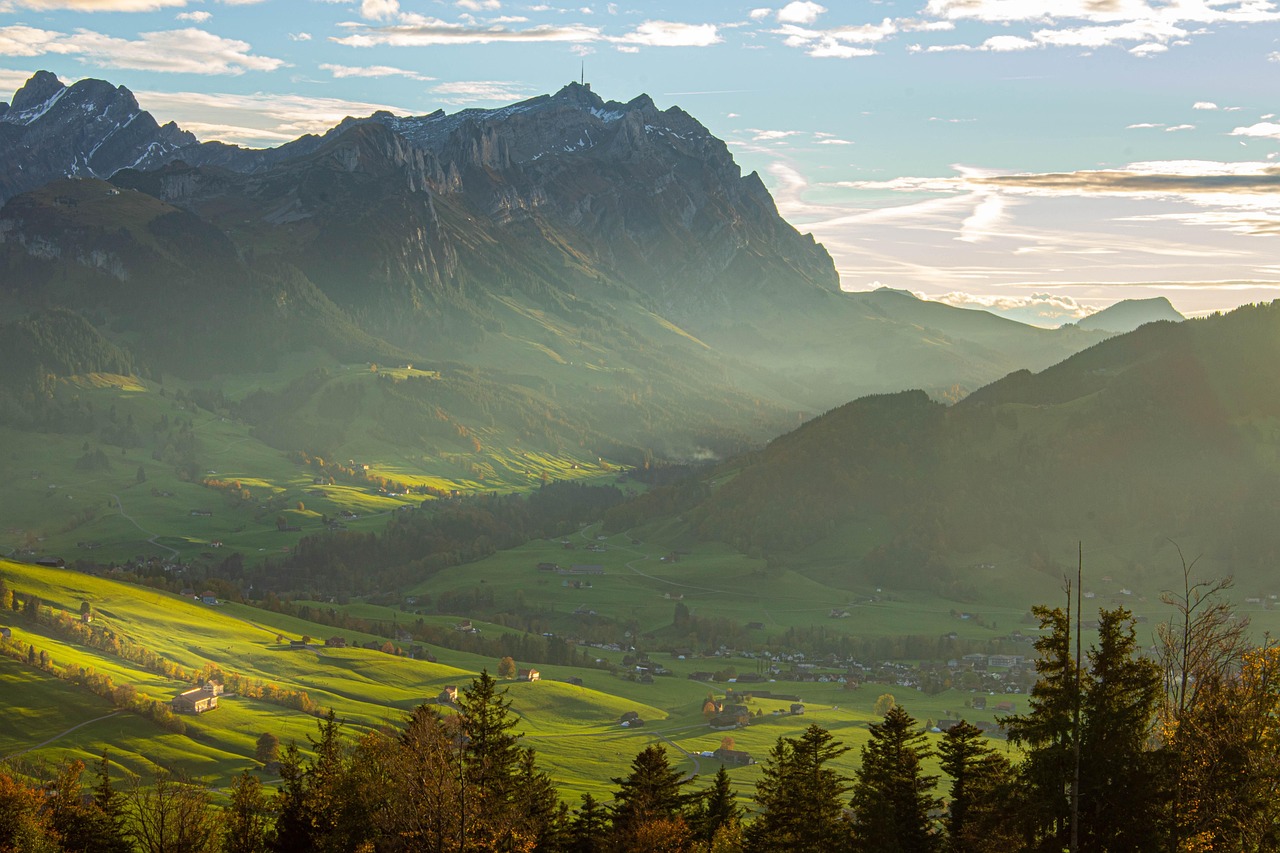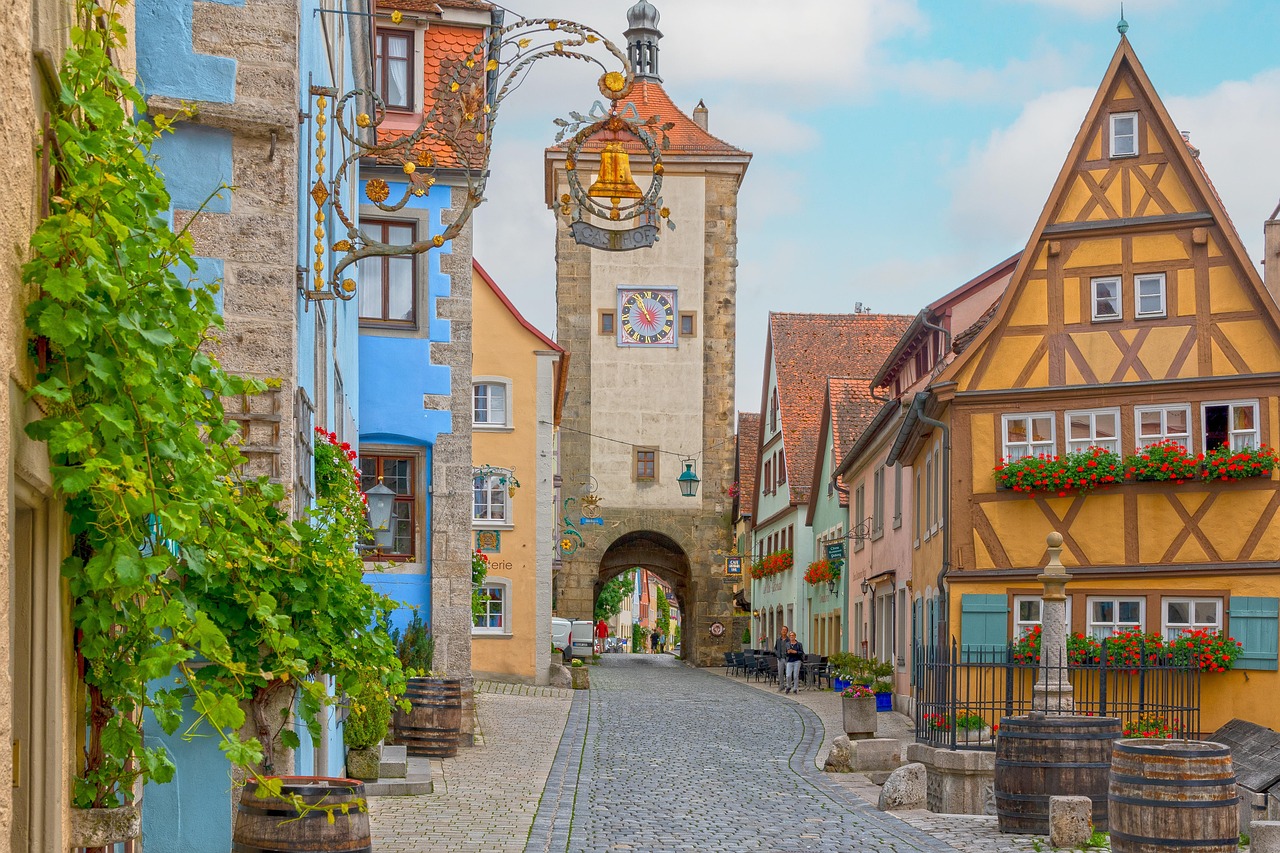The Enchanting Appeal of Silver Korean Firs Explained
The Silver Korean Fir, known scientifically as Abies koreana, captivates plant enthusiasts and gardeners alike with its stunning silvery foliage and unique growth habit. Its aesthetic beauty, coupled with its hardy nature, makes it an enchanting choice for landscapes and gardens.
Originating from the mountainous regions of Korea, the Silver Korean Fir has adapted to thrive in cooler climates. It is particularly favored for its appealing appearance and resilience, making it a popular choice for both ornamental use and reforestation efforts. The tree can reach heights of up to 30 feet, showcasing a conical shape that adds elegance to any setting.

One of the most striking features of the Silver Korean Fir is its distinctive needles. These needles are dark green on top with a silvery-white underside, creating a beautiful contrast that glimmers in sunlight. This unique coloration not only enhances the tree’s visual appeal but also draws attention throughout the year, even in winter when many other trees appear bare.
Key Characteristics of Silver Korean Firs
Understanding the characteristics of the Silver Korean Fir can help gardeners appreciate its unique qualities. Below are some notable traits:
| Characteristic | Description |
|---|---|
| Height | Up to 30 feet |
| Width | 15 to 20 feet |
| Foliage Color | Dark green with silvery-white undersides |
| Growth Habit | Conical shape with a dense canopy |
| Hardiness Zone | USDA Zones 4 to 7 |
The tree’s conical shape provides a structured form that can beautifully complement various landscape designs. Its dense foliage creates a natural screen or windbreak, making it a practical choice for privacy in gardens. Furthermore, the Silver Korean Fir’s needles are also known to emit a pleasant fragrance, enhancing the sensory experience of any outdoor space.
Cultural Significance and Uses

Beyond their aesthetic appeal, Silver Korean Firs hold cultural significance in Korea. They are often associated with spirituality and are used in traditional ceremonies and celebrations. The tree symbolizes resilience and longevity, qualities that resonate deeply within various cultural narratives.
In landscaping, these firs are versatile. They can be planted as standalone specimens or grouped to create striking visual displays. Additionally, their hardiness makes them suitable for urban environments where other trees might struggle. The Silver Korean Fir is also increasingly used in reforestation projects due to its ability to thrive in diverse conditions.
Whether you are looking to enhance your garden, create a peaceful retreat, or contribute to environmental sustainability efforts, the Silver Korean Fir is an enchanting choice that brings both beauty and practicality to any landscape.
Growing and Caring for Silver Korean Firs

To fully appreciate the enchanting appeal of Silver Korean Firs, it is essential to understand how to grow and care for them. With the right conditions and maintenance, these trees can thrive and bring beauty to your landscape for many years.
Ideal Growing Conditions
Silver Korean Firs prefer specific growing conditions that mimic their native habitat in the mountainous regions of Korea. Here are some key factors to consider:
- Soil Type: Well-drained, acidic soil is ideal for Silver Korean Firs. They thrive in sandy or loamy soils enriched with organic matter.
- Sunlight: These trees prefer full sun to partial shade. While they can tolerate some shade, optimal growth occurs with at least six hours of direct sunlight per day.
- Watering: Regular watering is essential, especially during dry spells. However, ensure that the soil is not waterlogged, as this can lead to root rot.
- Temperature: Silver Korean Firs are hardy and can withstand cold temperatures, making them suitable for USDA Zones 4 to 7.
Planting Techniques
Proper planting techniques are crucial for the healthy establishment of Silver Korean Firs. Follow these steps when planting:
- Select a location that meets the sunlight and soil requirements.
- Dig a hole twice as wide and as deep as the root ball.
- Add organic compost to the soil to improve drainage and nutrient content.
- Place the tree in the hole, ensuring that the top of the root ball is level with the surrounding soil.
- Backfill with soil and water thoroughly to eliminate air pockets.
Maintenance Practices
Once established, regular maintenance will help ensure that your Silver Korean Fir remains healthy and vibrant. Key maintenance practices include:
Fertilization
Applying fertilizer can enhance growth and foliage color. Use a balanced, slow-release fertilizer in early spring according to package instructions. This will provide essential nutrients during the growing season.
Pruning
Pruning is important for maintaining the shape and health of Silver Korean Firs. Follow these guidelines:
- Conduct pruning in late winter or early spring before new growth begins.
- Remove any dead or damaged branches to promote healthy growth.
- Avoid excessive pruning; maintain a natural shape by only removing a small percentage of foliage.
Pest and Disease Management
While Silver Korean Firs are generally resistant to pests, they can still face threats from certain insects and diseases. Regularly inspect your tree for signs of problems:
- Pests: Look for common pests such as aphids, bark beetles, and spider mites. Treat infestations promptly with appropriate insecticides or organic solutions.
- Diseases: Fungal infections can occur if the tree is overwatered or poorly drained. Ensure proper watering practices and avoid overcrowding to minimize disease risk.
Landscape Design Ideas
The Silver Korean Fir’s stunning appearance makes it an excellent choice for various landscape designs. Here are some creative ideas for incorporating these trees into your outdoor space:
- Accent Trees: Plant a single Silver Korean Fir as a focal point in a garden or yard.
- Screening: Use multiple trees to create a natural privacy screen or windbreak.
- Mixed Borders: Combine Silver Korean Firs with other evergreen trees and flowering shrubs to create a diverse border.
- Rock Gardens: Pair them with boulders and alpine plants for a striking mountain-themed garden.
The adaptability and beauty of Silver Korean Firs make them not just appealing visually but also versatile for various landscaping needs. Whether used as solitary specimens or in groups, they enhance any garden with their elegant form and vibrant foliage.
Environmental Benefits of Silver Korean Firs

Beyond their aesthetic appeal and versatility in landscaping, Silver Korean Firs provide numerous environmental benefits. Understanding these advantages can enhance appreciation for this remarkable tree species.
Carbon Sequestration
One of the most significant environmental roles played by Silver Korean Firs is carbon sequestration. Like all trees, they absorb carbon dioxide from the atmosphere, helping to mitigate climate change. The process works as follows:
- Trees take in carbon dioxide during photosynthesis, converting it into oxygen and glucose.
- This process helps to reduce the overall concentration of greenhouse gases in the atmosphere.
- Older trees, such as mature Silver Korean Firs, can store substantial amounts of carbon, making them valuable for environmental health.
Improving Air Quality
Silver Korean Firs contribute to healthier air quality in urban and rural environments. Here are some ways they achieve this:
- Dust and Pollution Filtration: The dense foliage of Silver Korean Firs captures dust particles and pollutants, filtering the air effectively.
- Oxygen Production: Through photosynthesis, these trees release oxygen, which is essential for human and animal life.
Biodiversity Support
Silver Korean Firs play a crucial role in supporting biodiversity within their ecosystems. They provide habitat and food sources for various wildlife species:
- Birds: The branches offer nesting sites for birds, while the cones produce seeds that serve as a food source.
- Insects: Many insects find refuge in the shelter of the fir’s needles and branches, contributing to the ecosystem’s health.
- Mammals: Small mammals may use the tree as a foraging ground or shelter from predators.
Silver Korean Fir in Cultural Context
The significance of Silver Korean Firs extends beyond their environmental impact; they also hold cultural relevance in various societies. In Korea, these trees are often associated with traditional practices and have symbolic meanings that resonate deeply with the people.
Cultural Symbolism
In Korean culture, the Silver Korean Fir symbolizes endurance and longevity. This symbolism is often celebrated in local folklore and traditions. Key aspects include:
- Spiritual Significance: The tree is sometimes associated with spiritual beliefs, representing a connection to nature and the divine.
- Ceremonial Uses: Silver Korean Firs are used in various ceremonies and celebrations, symbolizing hope and renewal.
Artistic Representations
The beauty of the Silver Korean Fir has inspired artists, poets, and musicians throughout history. Its unique form and striking colors often appear in literature and visual arts:
- Literature: Poets may use imagery of the tree to evoke themes of nature and resilience.
- Visual Arts: Artists might depict the tree in landscapes to showcase its beauty and presence within nature.
Choosing the Right Location for Silver Korean Firs
Selecting the right location for planting Silver Korean Firs is crucial to their success. Factors to consider include sunlight exposure, soil quality, and space for growth:
Site Selection Criteria
When determining where to plant your Silver Korean Fir, consider the following criteria:
- Sunlight Availability: Ensure that the chosen site receives at least six hours of sunlight daily for optimal growth.
- Soil Quality: Test soil pH levels; Silver Korean Firs thrive in acidic soils with good drainage.
- Space Requirements: Account for mature size; ensure there is enough room for growth without crowding other plants.
Avoiding Common Pitfalls
Certain mistakes can hinder the healthy growth of Silver Korean Firs. To avoid common pitfalls:
- Avoid planting in overly wet areas to prevent root rot.
- Do not place them too close to large structures that may shade them significantly.
- Ensure they have proper air circulation to minimize disease risk.
By understanding their cultural significance, environmental benefits, and ideal planting conditions, gardeners can appreciate the many roles that Silver Korean Firs play in our lives. These trees not only beautify landscapes but also enrich ecosystems and connect us to cultural heritage.
Seasonal Changes and Aesthetic Appeal
Another captivating aspect of Silver Korean Firs is their seasonal transformation. Throughout the year, these trees offer a dynamic visual display that enhances any landscape. Understanding these changes can further appreciate their beauty.
Spring Awakening
In spring, Silver Korean Firs begin to emerge from their winter slumber. New growth appears in the form of bright green buds. As the days grow warmer, the needles take on their characteristic dark green appearance, while the silvery undersides become more prominent. This vibrant awakening signals renewal and vitality within the garden.
Summer Foliage
During the summer months, the Silver Korean Fir showcases its lush foliage. The dense canopy provides ample shade, making it an ideal spot for relaxation in outdoor spaces. The contrast between the dark green needles and the silvery undersides creates a stunning visual effect, especially when sunlight filters through the branches.
Autumn Colors
As autumn approaches, Silver Korean Firs may not exhibit the dramatic color changes seen in deciduous trees, but they still provide a unique charm. The needles remain vibrant, and the cones develop, adding texture and interest to the landscape. The overall conical shape of the tree stands tall against a backdrop of fall colors from surrounding plants.
Winter Beauty
In winter, Silver Korean Firs take on a majestic appearance. Covered in snow, their sturdy branches create a picturesque scene. The silvery undersides of the needles glisten in the winter light, providing a striking contrast against the white snow. This resilience during harsh weather conditions makes them a symbol of strength and endurance.
Incorporating Silver Korean Firs into Sustainable Landscaping
Sustainable landscaping practices are increasingly important for preserving our environment. Silver Korean Firs fit seamlessly into these practices due to their ecological benefits and low maintenance requirements.
Low Maintenance Requirements
Silver Korean Firs are relatively low-maintenance once established. Their hardiness means they require less water and fewer pesticides compared to more delicate species. This characteristic aligns well with sustainable gardening practices focused on conserving resources and minimizing chemical use.
Native Plant Compatibility
Integrating Silver Korean Firs with native plants can enhance biodiversity. Combining these firs with local flora supports native wildlife, and creates a balanced ecosystem within your landscape. Some native plants that pair well include:
- Echinacea: Also known as coneflower, this plant attracts pollinators and complements Silver Korean Firs beautifully.
- Rudbeckia: Commonly known as black-eyed Susan, this hardy flower adds a splash of color during the summer months.
- Wildflowers: A mix of local wildflowers can enhance the beauty of your garden while supporting local insect populations.
Final Thoughts
The Silver Korean Fir stands out as a remarkable tree with multifaceted appeal. From its stunning visual characteristics to its cultural significance and environmental contributions, this tree offers numerous benefits for both gardeners and the planet. Its adaptability allows it to thrive in diverse landscapes while providing shelter and food for wildlife, making it an ecological asset.
As we continue to seek ways to create beautiful and sustainable environments, incorporating species like the Silver Korean Fir becomes essential. Not only does it enhance our gardens with its aesthetic charm, but it also plays a vital role in improving air quality, supporting biodiversity, and symbolizing resilience within our cultural narratives.
Whether you are a seasoned gardener or a novice looking to enhance your landscape, consider adding the enchanting Silver Korean Fir to your collection. With its beauty and versatility, it promises to bring joy and ecological benefits for years to come.
